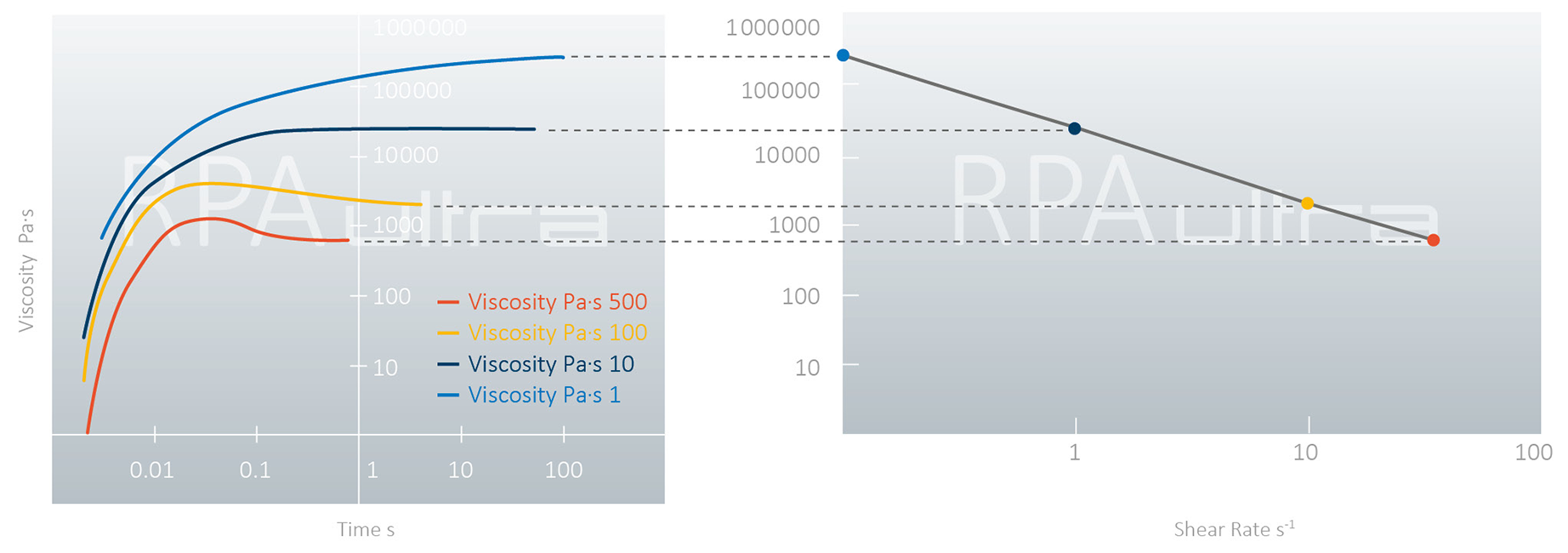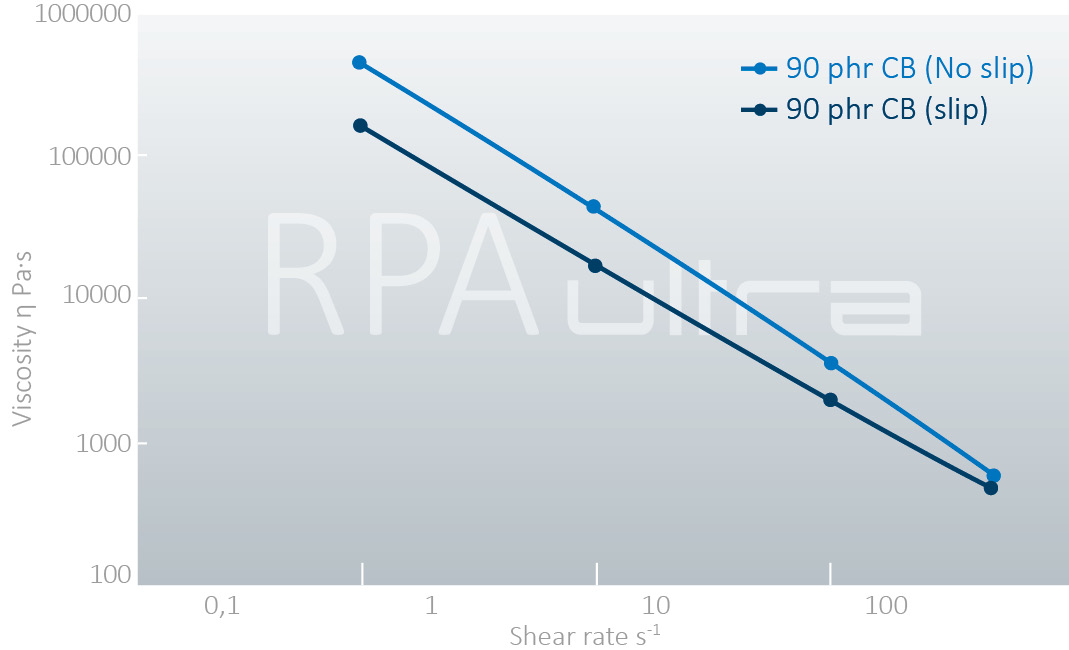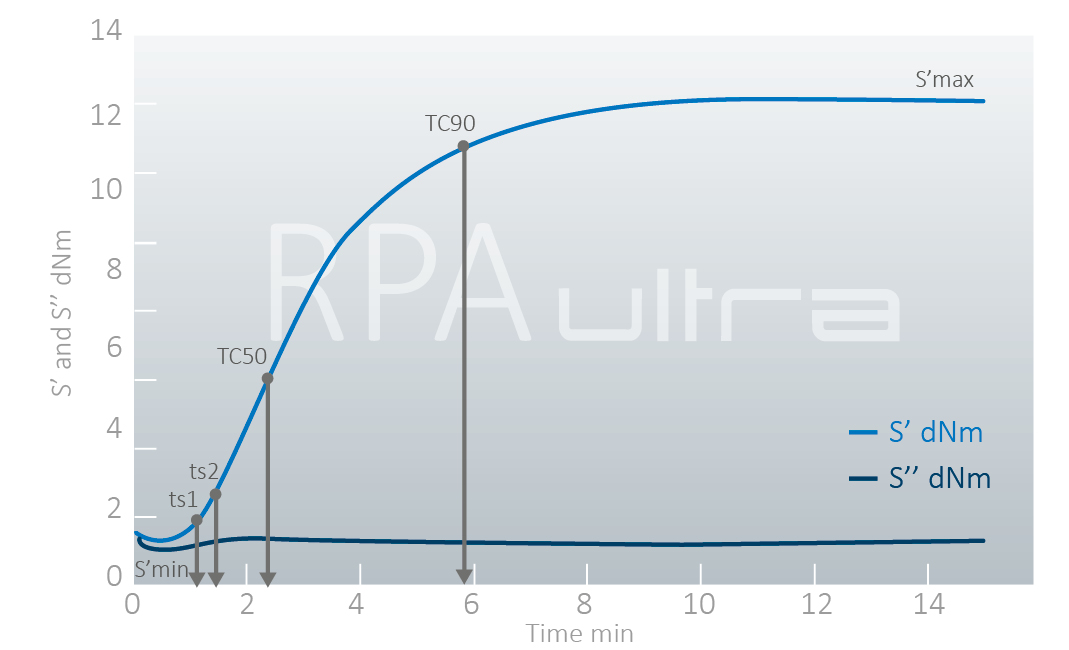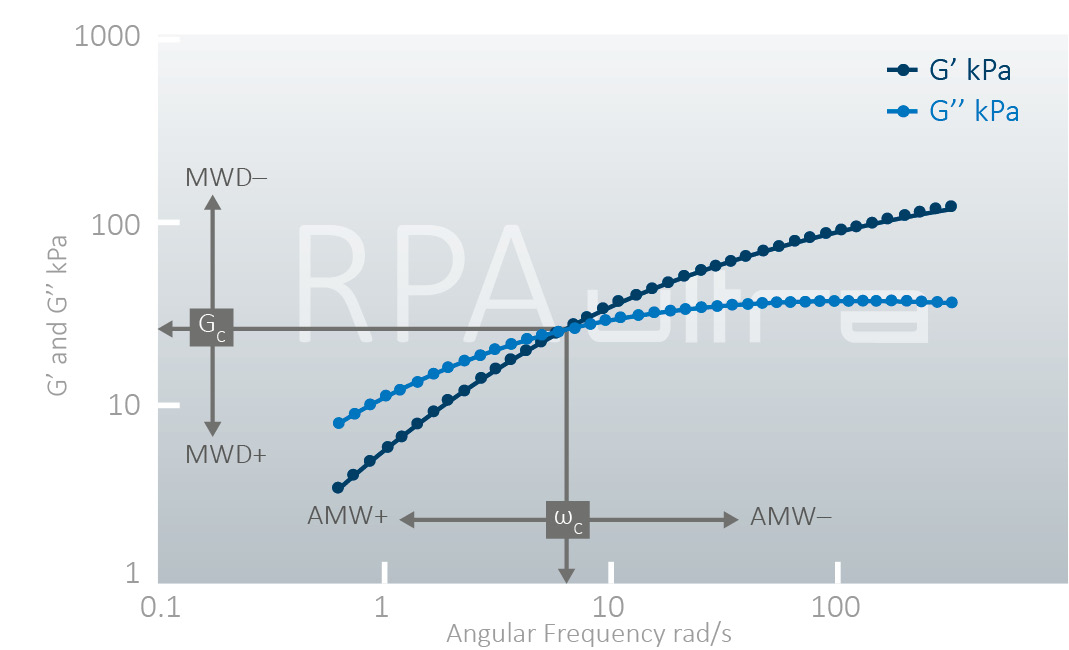
Always on Move
The RPA ultra Rubber Process Analyzer combines highly dynamic measurement methods with maximum rigidity.

Always on Move
The RPA ultra Rubber Process Analyzer combines highly dynamic measurement methods with maximum rigidity.

Endless Possibilities
With full rotation of the chamber, the RPA ultra achieves shear rates at unprecedented levels.

Attention to Detail
The extreme sampling rates of the RPA ultra reveal hidden material characteristics.
Rubber Process Analyzer Highest quality is what drives us, customer-oriented solutions are our motivation: that’s why we, as a manufacturer of test equipment, are expanding our product portfolio and traditionally rely on innovation. With the new RPA ultra, materials can be examined in a way that has never been possible before.
This new type of advanced RPA testing provides access to valuable information contained in higher harmonics, steady-state shear viscosity, or non-elliptic Lissajous figures. The rotating lower chamber makes it possible for the first time to determine the transient viscosity of materials in areas that are highly relevant to production.
This shifts the quality of testing to an unrivaled level.

In order to better understand the processing of an uncured rubber compound, the transient shear viscosity is one of the most important properties, especially for determining the process parameters for extrusion and injection molding purposes. The RPA ultra’s rotating bottom chamber with unlimited elongation thus offers the user a double test mode: dynamic and constant shear.

A major challenge in the processing of rubber compounds is the issue of wall slip.
This is a rheological phenomenon in which sliding occurs, for example, between the extruder wall and the flowing material. We offer an optional solution where the upper chamber is replaced with a defined polished set of chambers. In combination with a programmable internal pressure, wall sliding experiments can be carried out.

One of the most common and important tests performed on rubber compounds is the isothermal vulcanization test.
All important test parameters such as maximum and minimum torque, TC values, reaction time and rate, etc. are determined and made available to the user in tabular and/or graphical form for further analysis in the BareissOne software.

In order to assess the behavior of a sample over a wide temperature range, anisothermal measurements (temperature sweep) are typically carried out with different heating rates. This measurement at different heating rates also paves the way for anisothermal kinetic calculations – a module that is also integrated in the BareissOne software.

From the isothermal test (vulcameter curve), results such as incubation time, order of reaction and conversion rate constant can be determined for each temperature. This calculation is based on DIN 53529. With the help of the incubation time and the conversion rate constants at at least 3 different temperatures, the activation energies of the incubation and the conversion can also be determined. These are essential parameters for the heating time calculation on the test specimen, but also for production.

Characterizing a sample over a wide frequency range gives the user a comprehensive overview of viscoelastic behavior as well as molecular structure (molecular weight and molecular weight distribution).
Viscoelastic properties such as complex modulus, elastic modulus, loss modulus, complex viscosity, phase angle, etc. are calculated at each frequency as a result of the sample’s frequency-dependent behavior.

Measuring a sample over a wide amplitude range shows the strain-dependent behavior, for example the linear viscoelastic range (LVE) up to Large Amplitude Oscillatory Shear (LAOS). The Payne test, performed at small strain amplitudes to study the (filler/polymer) filler networks, reveals the filler content and degree of filler dispersion.

LAOS is essentially an amplitude sweep performed at relatively large amplitudes to study and evaluate the nonlinear viscoelastic behavior of a sample.
The nonlinear behavior of a material is based on its polymer architecture > linear or branched polymer.
The LAOS results are also used for the FT rheology. The LCB index (Long Chain Branching) or the Q parameter is calculated using the harmonic spectrum from the Fourier analysis (FFT).
In the frequency and amplitude sweeps described above, one parameter (frequency or strain) is held constant while the other parameter (frequency or strain) is varied over a specified range. With matrix testing, the user can change both parameters – frequency and strain – during a sweep, making the testing procedure more flexible and thus providing more information with one measurement .